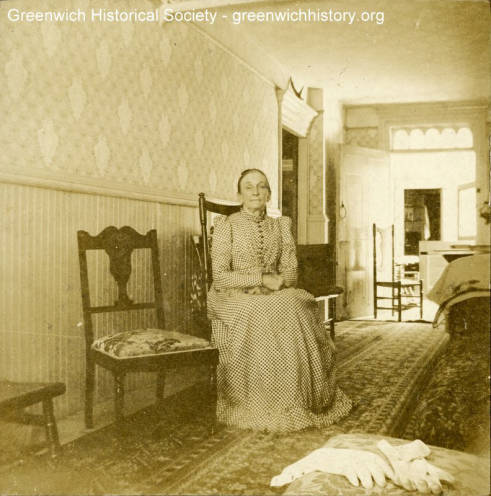March 28, 1913
MEAD
Benjamin P. Mead. whose death occurred at his home in New Canaan last week, after a prolonged illness, was the brother of Attorney James R. Mead, and was a native of Bridgeport, but spent his early life in Greenwich and was educated at Greenwich Academy.
He was a state senator two terms, also member of the Assembly, state comptroller one term, town clerk and selectman of New Canaan a number of years, and for a time was one of the firm of Burtis & Co., later Burtis & Mead.
He was a genial nature and made warm friends in all his associations, and was one of the influential men in Fairfield county and prominent in the state.
He is survived by his wife, daughter Miss Florence, sons Benjamin H., Harold H., and Stanley P.























